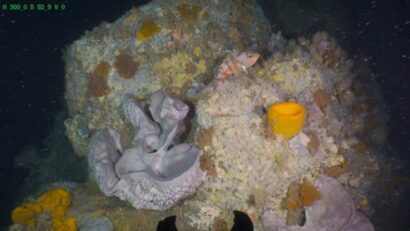Peter Dutton calling the ABC and the Guardian ‘hate media’ rings alarm bells for democracy
In front of a crowd of party faithful last weekend, Opposition Leader Peter Dutton referred to the ABC, Guardian Australia Läs mer…
Nyheter och länkar - en bra startsida helt enkelt |Oculus lyx vitae
In front of a crowd of party faithful last weekend, Opposition Leader Peter Dutton referred to the ABC, Guardian Australia Läs mer…

RHJPhtotos/ShutterstockThe world needs huge quantities of critical minerals to make batteries, electric vehicles, wind turbines, mobile phones, computers and Läs mer…
Detta inlägg post publicerades ursprungligen på denna sida this site Läs mer…

UnsplashAs was widely predicted, the cost of living has dominated the federal election campaign. Soaring rents, grocery bills and Läs mer…
In the lead-up to the 2025 Australian federal election, political advertising is seemingly everywhere. We’ve been mapping the often invisible Läs mer…
With the May 3 federal election less than a week away, voters still have little reliable information on the costs Läs mer…
With the May 3 federal election less than a week away, voters have only just received Labor’s costings and are Läs mer…

James Bell, CC BY-SAThe latest update on the state of New Zealand’s environment paints a concerning outlook for marine Läs mer…